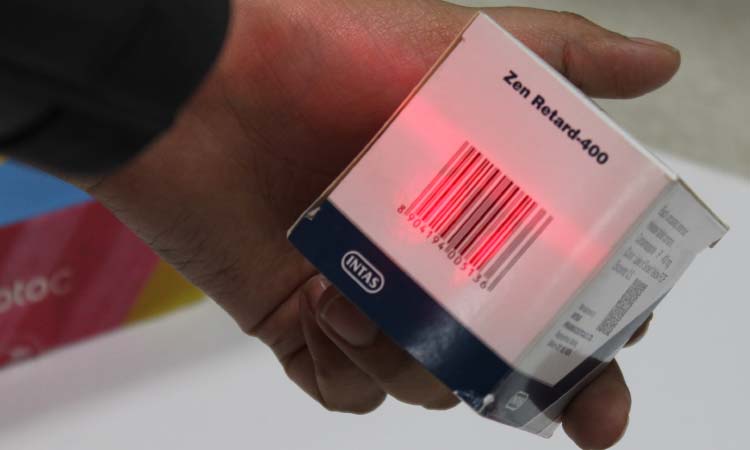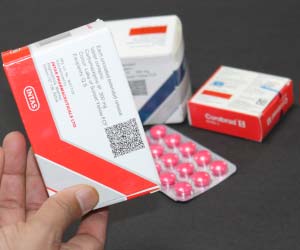Download and Install
Healthcare Industry Barcode SoftwareQuality of The Information Encoded in Medical Barcodes
Healthcare providers ensure the accuracy and quality of the information encoded in medical barcodes through several methods, including:
-
Implementing Standardized Barcode Formats:
Healthcare providers must adhere to standardized barcode formats to ensure accuracy and consistency. The most common barcode format used in healthcare is the GS1 standard.
-
Verifying Barcode Readability:
Healthcare providers use barcode scanners to read and verify the information encoded in medical barcodes. Barcode scanners are programmed to detect errors in barcode printing, such as smudging or incomplete printing, and alert staff to take corrective action.
-
Maintaining Barcode Quality:
Healthcare providers must ensure that barcode labels are printed with high quality and remain legible throughout the product lifecycle. This includes ensuring that the barcode is printed on a flat surface, using high-quality label stock, and avoiding exposing the barcode to harsh environments.
-
Conducting Regular Audits:
Healthcare providers should regularly audit the accuracy and quality of the information encoded in medical barcodes. This includes verifying that the barcode data matches the product or patient information in the healthcare provider's electronic health record (EHR) system.
-
Staff Training:
Healthcare providers must train staff to properly apply and scan medical barcodes. This includes proper barcode placement and orientation, as well as using the appropriate scanning technique to ensure accurate and reliable data capture.
-
Quality Control:
Regular quality control checks should be performed to ensure that the barcode labels are scannable and that the information encoded in them is accurate.
-
System Integration:
Barcode systems should be integrated with electronic health records (EHRs) and other hospital information systems to ensure that the data is captured accurately and efficiently.
-
Security:
Healthcare providers should implement security measures to ensure patient privacy and data security when using barcode systems, such as encrypting barcode data and restricting access to the data.
By implementing these methods, healthcare providers can ensure the accuracy and reliability of barcode data in the healthcare setting.
Realed Articles
- ✅ Various Roles of Barcode Systems in Hospitals
- ✅ Patient Privacy and Data Security by Medical Providers
- ✅ Benefits and Practices of Barcode System Implementation in Healthcare
- ✅ Benefits of Medical Barcodes and System Implementation
If you are going to purchase barcode software in the market then it costs too much. Instead of this, you can use our free barcode software for absolutely free and creates different barcode labels in less time.

Healthcare Industry Barcodes Improve Healthcare Efficiency
Healthcare industry barcodes have been implemented in various areas to improve patient safety and healthcare efficiency. There are many ways to achieve this:
-
Reducing Medication Errors:
Barcode systems can help to ensure the correct medication is given to the right patient by scanning the barcode on the patient's wristband and the medication packaging.
-
Enhancing Patient Identification:
Barcode wristbands and other identification systems can help to avoid patient misidentification, which can lead to medical errors.
-
Streamlining Inventory Management:
Barcode systems can help to track inventory levels of medical supplies, reducing waste and ensuring items are restocked when necessary.
-
Improving Specimen Tracking:
Barcode systems can help to track specimens from collection to testing and ensure they are matched correctly with patient information.
-
Enhancing Workflow:
Barcode systems can automate many tasks, such as documenting medication administration and specimen collection, freeing up healthcare providers to focus on other important tasks.
Overall, the use of barcode systems in the healthcare industry can help to improve patient safety, reduce errors, and increase efficiency, ultimately leading to better patient outcomes.
